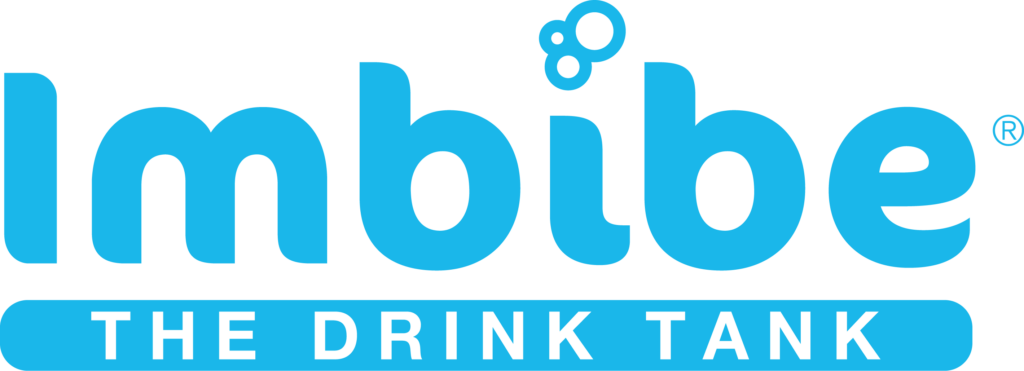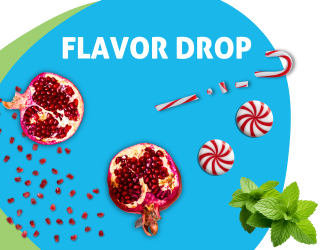Dairy alternative products are rapidly gaining space on menus and grocery shelves. Consumers who view plant-based products as healthier and more sustainable than dairy milk are driving the dairy alternative explosion. Sensitivities and allergies to lactose, and increased adoption of veganism are also contributing to category success.
Market Research Future reported the U.S. dairy alternative market grew 61% from 2012 to 2018 to reach US$2.3 billion, and the sector is expected to surpass $2.7 billion by 2022 with a compound annual growth rate (CAGR) of 4.4%.
In 2017, almond milk owned 65% of all U.S. dairy alternative sales followed by soy and coconut milks, which together accounted for one quarter of the market. Niche alternative milks like oat, cashew, and hemp made up the remaining 11% of the market, according to Mintel. Oat milk has gained momentum over the last couple of years, though, and could take market share from category leaders. Nielsen found oat milk sales grew 23% from 2017 to 2018 while total non-dairy sales grew by 51%.
Companies can basically “milk” anything these days, thanks to advances in plant-based ingredient technologies, and brands are introducing innovations each year. Dairy alternative innovation has gone beyond the milk and natural products aisles, too. Ice cream, yogurt and premium cheeses like gouda and chevre have gotten the plant-based treatment. More dairy alternative products are expected to enter the market and improve over time as new technologies become available.
Read the full article in Natural Products Insider.



